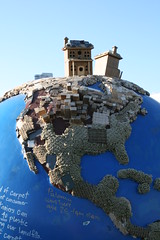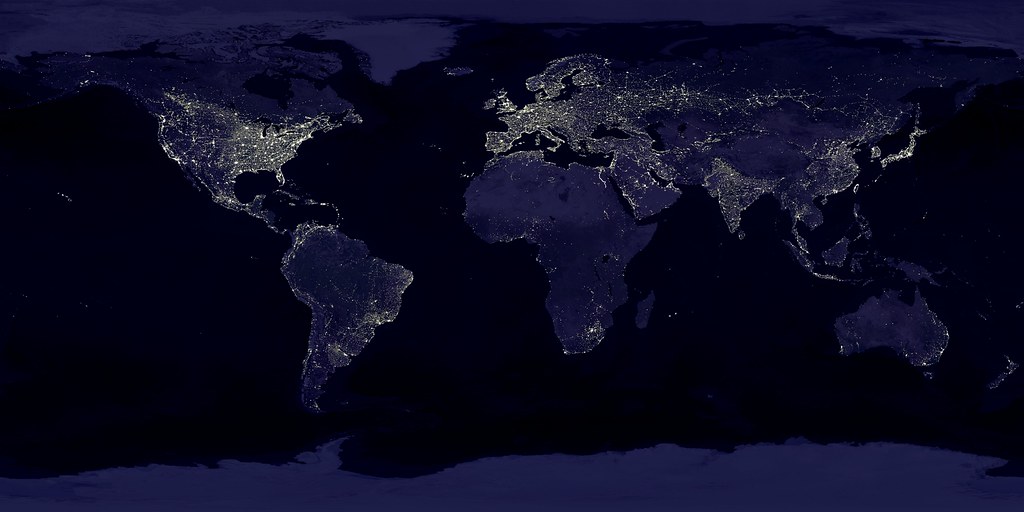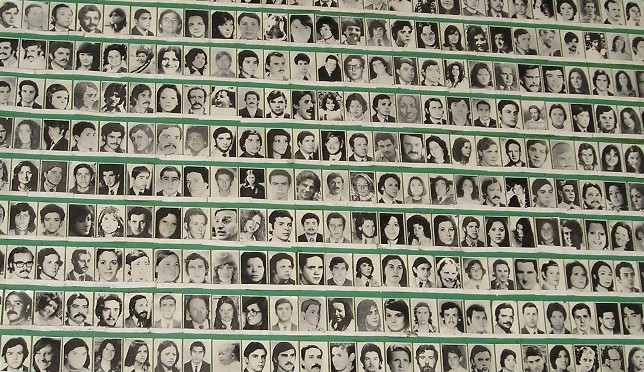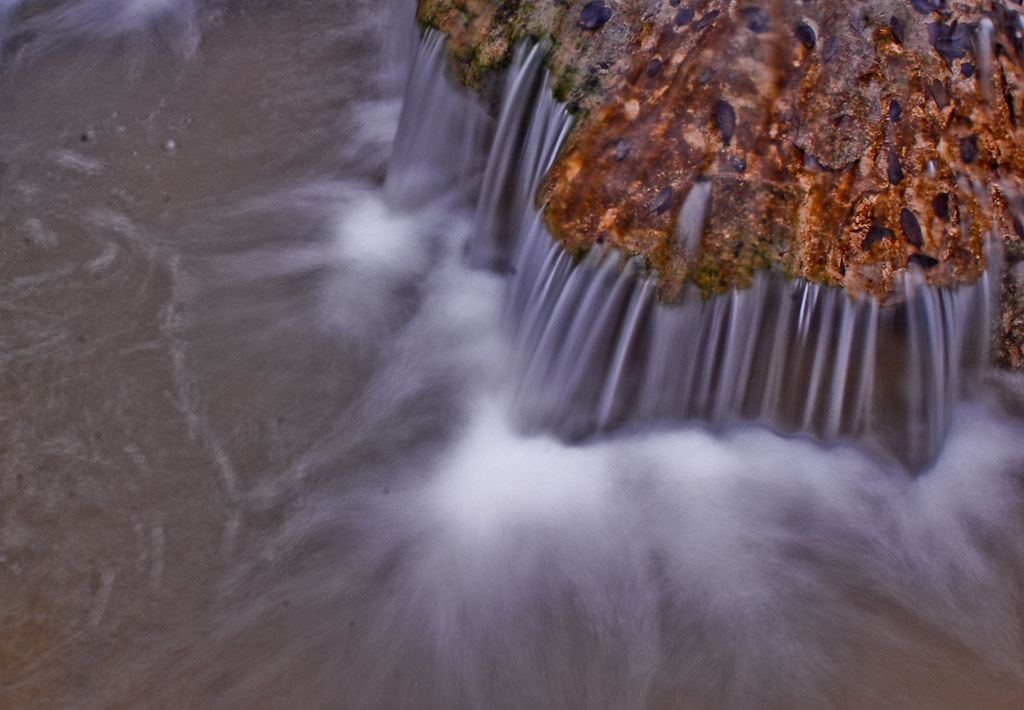 [Foto by Alex.Tango.Fuego, I took this a few weeks ago on the day it snowed here, it's a little creek around corner and over the hill, flowing for a change...]
[Foto by Alex.Tango.Fuego, I took this a few weeks ago on the day it snowed here, it's a little creek around corner and over the hill, flowing for a change...]I was aware that yesterday was World Water Day, but couldn't get anything posted, so I'm post dating this one. (I'm writing this on the morning of the 23rd.)
I thought about this one most of the day yesterday, trying to come up with something - an angle if you will. An interesting angle, a meaningful angle. I didn't know (yesterday) the exact nature of World Water Day, but I assumed, correctly, that the emphasis was on clean water sources for the masses. The "event", or more accurately a milestone date to bring attention to this problem, is primarily focused on developing and Third World countries where there are no reliable water supplies.
I'm guessing the date went largely unnoticed in First World countries like the U.S. - especially when most people are unaware that even we have water problems. Yes, we have clean water to drink, use in cooking, brush our teeth with and even bathe in. But is that water really safe will all of the chemicals and prescription drug residues that are left after treatment processes? Safe in the long term? Or are cancers and other diseases (and the resulting deaths), after drinking municipal water for forty or fifty or sixty years viewed as "acceptable" losses?
We do occasionally hear about municipalities - usually small ones - have real problems with their water supplies. The ones that come to mind are one up in Garfield County, Colorado where the water became undrinkable (and rather toxic I believe) because of
hydraulic fracturing operations by oil & gas concerns looking to extract more natural gas from extant wells.
Another is the contamination of ground water at
Camp Lejeune (the U.S. Marine Corps Base) with VOC's or volatile organic compounds. Stuff like Tetrachloroethylene aka Perchloroethylene, TCE (Trichloroethylene), DCE (Dichloroethylene), Vinyl Chloride and BTEX (Benzene, Toluene, Ethylbenzene, and Xylene).
Bad shit.
Then there is the story behind the story of the film "Erin Brockovich" starring Julia Roberts. She plays the real life
Erin Brockovich who, without an real legal background, put together a landmark case against Pacific Gas & Electric (PG&E) for polluting the groundwater in Hinkley, California with hexavalent chromium.
More bad shit.
Locally, back in 2000, there was a scare of the gasoline additive MTBE (methyl tertiary butyl ether aka "bad shit") leaking into the Edwards Aquifer from the Longhorn Pipeline (Longhorn Partners) right through the heart of the Texas Hill Country. As best I can tell, they agreed (or were required) to "not" introduce MTBE into this particular pipeline. Yeah, right. I wonder who is testing /checking this?
We also get occasional alerts that certain municipal pumps around here are testing positive for E. Coli - which in theory, gets into the groundwater from people's septic systems.
It also doesn't take a rocket scientist to understand that all the green slimy aquatic vegetation growing in Barton Springs, Town Lake aka Lady Bird Lake, Barton Creek, and even our little wet weather creek a hundred yards down the hill, isn't a healthy sign. Septic effluent, lawn fertilizers, golf courses, household weed killers, agricultural pesticides, oil changes, spilled toxic stuff on the driveway, paint/stain dumped in the drainage inlet (by idiots). It all contributes, right from the swale behind the neighborhood, to the slough, to the creek, to the river, to the lake. It all runs downhill.
To the groundwater - to the aquifer. (Yes many cities obtain their raw water from surface water sources, too.)
I remember first coming to
Barton Springs back in 1970 or so - it was pristine, crystal clear, with minimal "green slimy" stuff growing in it. It was a natural, healthy ecosystem. The pool is routinely closed after heavy rains. The E. Coli levels spike and it's not safe to swim.
Stay tuned for Part II.
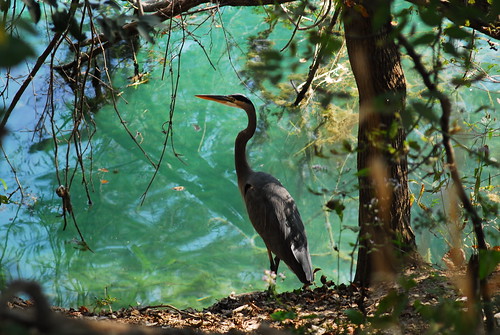 [Foto by Alex.Tango.Fuego, just downstream from Barton Springs]
[Foto by Alex.Tango.Fuego, just downstream from Barton Springs]
